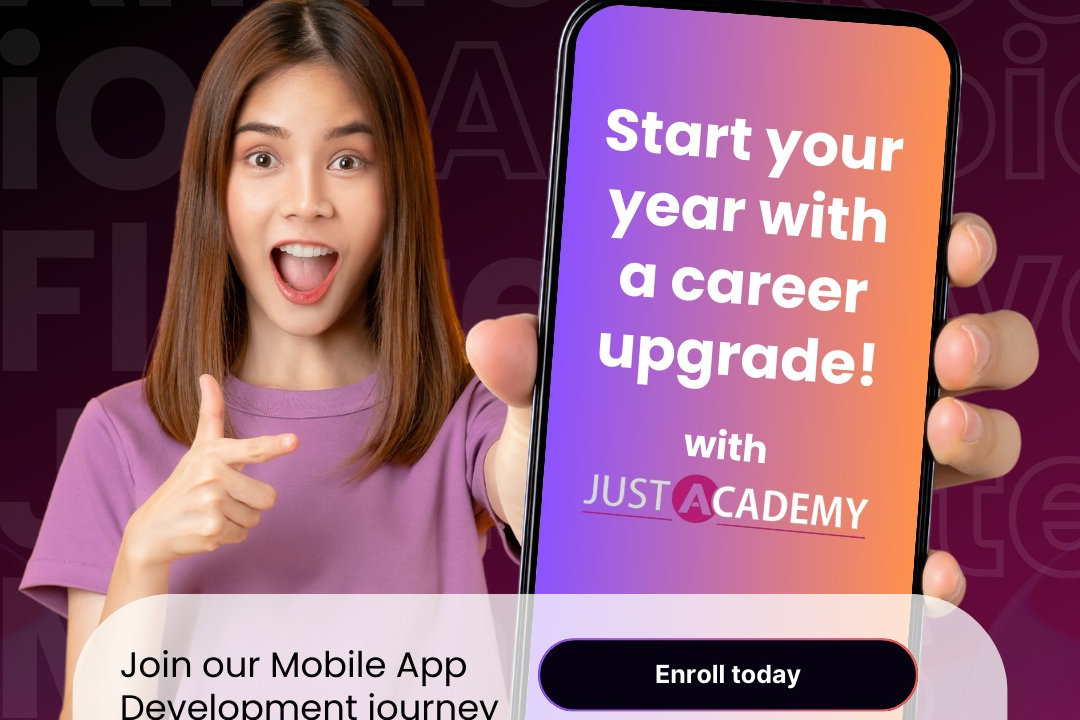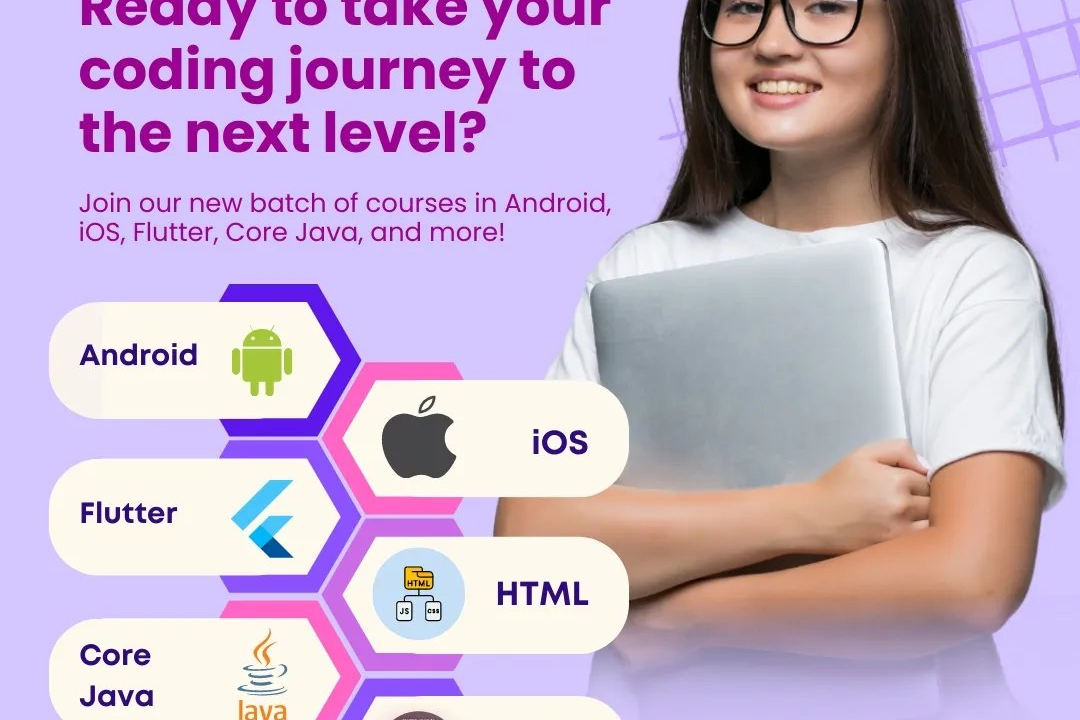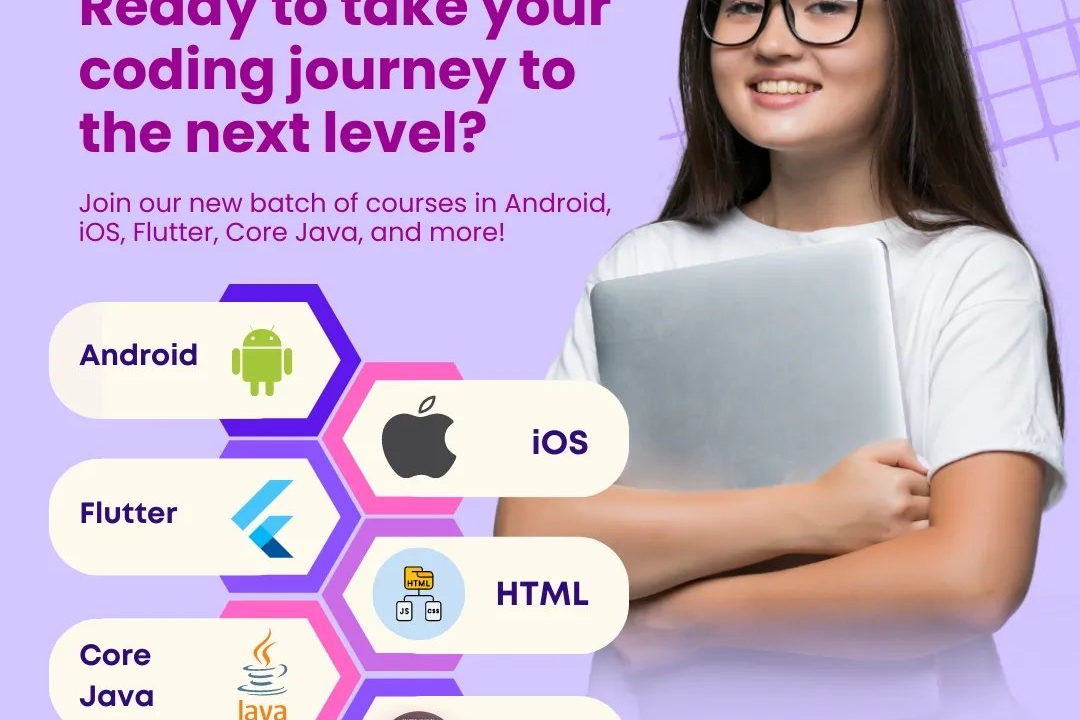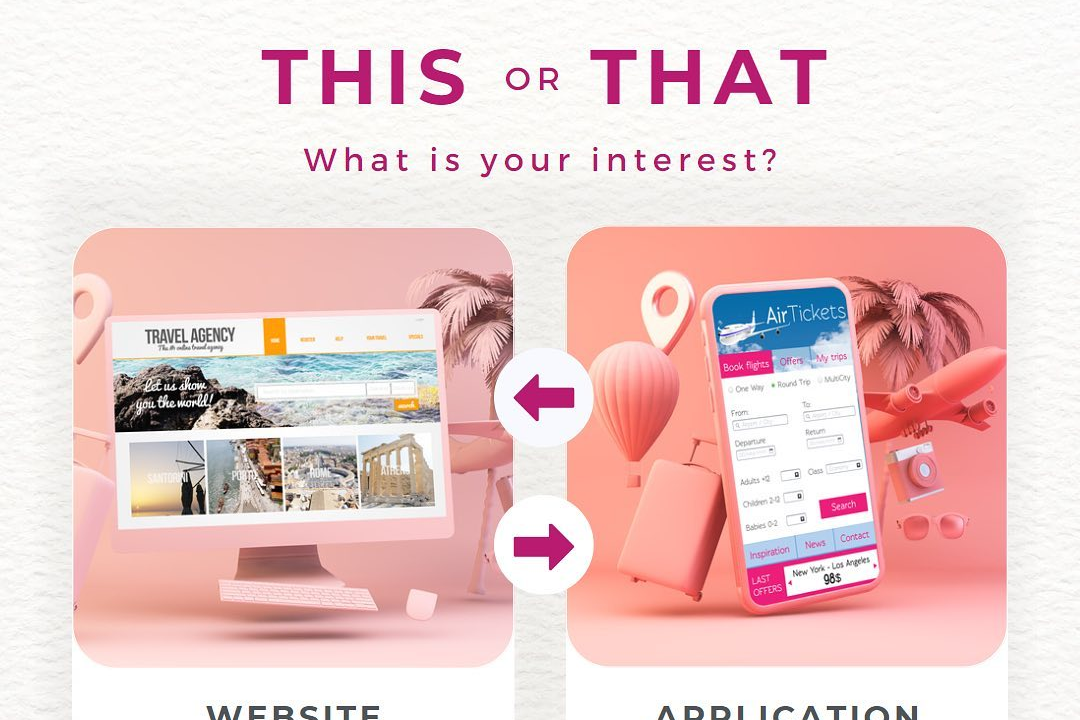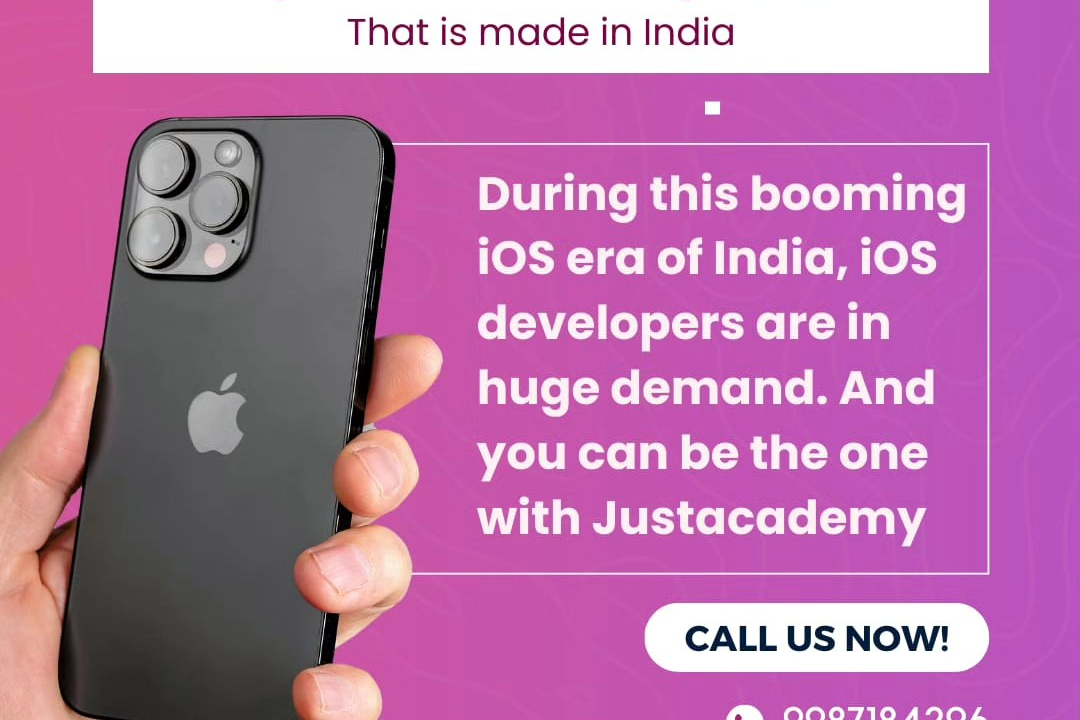Flutter Mobile Interface Design
Enhancing Mobile UI/UX with Flutter: A Design Guide
Flutter Mobile Interface Design
Flutter is a modern UI toolkit developed by Google for building natively compiled applications from a single codebase, focusing on expressive and flexible interface design. It utilizes a rich set of pre-designed widgets that allow developers to easily create beautiful and responsive user interfaces for both iOS and Android platforms. With its layered architecture, Flutter provides extensive customization options, enabling developers to compose complex UIs through straightforward widget combinations. The framework also supports hot reload, allowing for real-time updates during development, which significantly enhances the design iteration process. Overall, Flutter empowers designers and developers with the flexibility to implement intricate animations, transitions, and themes, making the mobile interface development both efficient and visually appealing.
To Download Our Brochure: https://www.justacademy.co/download-brochure-for-free
Message us for more information: +91 9987184296
1 - Introduction to Flutter: Understand what Flutter is an open source UI software development kit created by Google for building natively compiled applications for mobile, web, and desktop from a single codebase.
2) Dart Programming Language: Learn about Dart, the programming language used for Flutter development, including its syntax, features, and how it integrates with Flutter.
3) Widgets in Flutter: Explore the core concept of widgets everything in Flutter is a widget, including UI elements like buttons, text, and layout structures.
4) Stateful vs Stateless Widgets: Differentiate between stateful and stateless widgets, understanding when to use each based on the need for state management.
5) Material Design Guidelines: Familiarize with Google's Material Design principles that help create visually appealing and user friendly interfaces, and how Flutter supports Material Design out of the box.
6) Widget Tree Structure: Understand the widget tree structure and how Flutter builds UI from top to bottom using the widget hierarchy.
7) Layouts and Orientation: Learn about various layout widgets like Row, Column, Stack, and Container. Understand how to handle different screen orientations and responsive design.
8) Styling and Theming: Explore how to customize widgets using styling properties, and how to apply themes across the application for consistent design.
9) Navigation and Routing: Learn about navigation in Flutter apps, including how to implement routes, manage navigation stacks, and use named routes.
10) Adding Interactivity: Understand how to add interactivity to applications by using gesture detectors, buttons, and other input mechanisms.
11) Forms and Input Validation: Dive into creating forms in Flutter, managing user input, and implementing validation techniques to ensure data integrity.
12) Animations and Transitions: Explore the powerful animation framework in Flutter, including how to create smooth transitions and animated effects for enhanced user experience.
13) Handling Media and Images: Learn how to incorporate images and other media resources into your Flutter app, optimizing for performance and quality.
14) Network Requests and APIs: Understand how to connect your app to web services by making network requests and parsing JSON data, essential for dynamic applications.
15) Debugging and Testing: Get introduced to debugging techniques in Flutter, as well as unit testing and widget testing to ensure your code is reliable and maintainable.
16) Deployment to App Stores: Learn about the process of packaging and deploying Flutter applications to both the Google Play Store and Apple App Store.
17) Best Practices and Performance Optimization: Discuss best practices in Flutter development, including performance optimization tips for smooth and efficient apps.
18) Cross Platform Development Advantages: Understand the advantages of using Flutter for cross platform development, including faster development cycles and native like performance.
By covering these topics, students will be well prepared to create beautiful, functional, and high performing mobile applications using Flutter.
Browse our course links : https://www.justacademy.co/all-courses
To Join our FREE DEMO Session: Click Here
Contact Us for more info:
- Message us on Whatsapp: +91 9987184296
- Email id: info@justacademy.co
Ios app marketing and engagement strategies
software testing course certification




